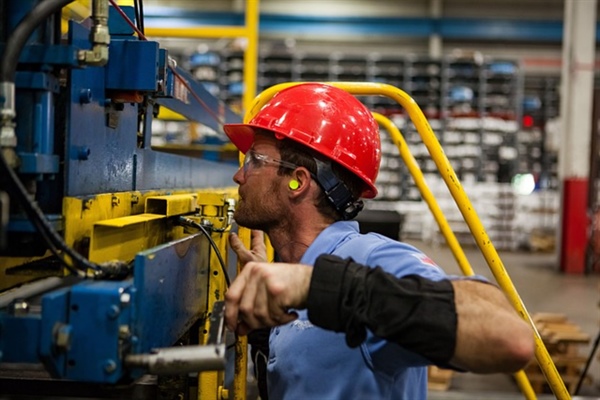
In every workplace, human error is inevitable. Whether due to fatigue, distraction, or simple oversight, mistakes happen—it's part of being human. But while we can’t eliminate human error, we can understand why it occurs and take proactive steps to reduce its impact. This blog explores why mistakes are unavoidable and offers practical strategies to create safer, more resilient workplaces.
Why is Human Error Inevitable?
- Cognitive Limitations: Humans are not machines. Our brains have limits in how much information we can process, retain, and act on, especially under stress or fatigue. As tasks become complex, the risk of missing steps or details increases.
- Fatigue and Stress: Tired or stressed employees are more prone to mistakes. Long working hours, tight deadlines, or personal stressors can reduce focus, impair decision-making, and cause lapses in judgment.
- Distractions: In modern workplaces, distractions are everywhere—emails, notifications, conversations, and interruptions can derail even the most diligent worker.
- Competency: Not knowing how to complete work, can lead to errors being made. If you don’t know, you don’t know. As you become skilled at the task through practice and experience, you become more competent. Being in autopilot is a great place to be when completing tasks as you can be extremely efficient. However, in terms of safety, when actions become automatic, individuals may skip safety steps or miss hazards because they just don’t see them.
Understanding these factors helps shift the focus from blame to prevention.
The Danger of Blame Culture
When errors occur, many workplaces default to blaming the individual. However, a blame culture doesn’t solve the underlying problem. Instead, it discourages employees from reporting mistakes out of fear, leading to repeated incidents.
Fostering an environment where employees feel safe to admit errors is crucial. Open communication encourages lessons learned, continuous improvement, and shared accountability.
Key Insight: Errors are rarely due to recklessness—they’re often a symptom of broader systemic issues.
How to Reduce the Impact of Human Error
While we can’t prevent all mistakes, here are practical strategies to minimise risks and create a safer workplace:
- Simplify Processes
- Streamline tasks by removing unnecessary steps and ensuring instructions are clear and easy to follow.
- Use checklists for critical processes to help employees stay on track, even under pressure.
- Invest in Training
- Regular, hands-on training ensures employees understand safety protocols and best practices.
- Simulations and drills can prepare workers for high-stakes situations, improving their response to potential errors.
- Create a Safety-Focused Culture
- Encourage reporting of mistakes or near misses without fear of punishment.
- Lead by example: management should actively discuss safety, errors, and improvement strategies.
- Use Technology to Support Human Performance
- Automation tools can handle repetitive tasks, reducing the chance for human oversight.
- Error detection systems can alert teams to problems before they escalate.
- Manage Fatigue and Mental Health
- Promote reasonable working hours, breaks, and time off to keep employees rested and focused.
- Support mental health initiatives and stress management programs.
Learning from Mistakes: The Path to Continuous Improvement
Every mistake is an opportunity to learn and improve. Implementing systems that analyse errors and uncover root causes allows organisations to fix weaknesses in processes, equipment, or training.
- Example: If a warehouse employee frequently mislabels shipments, the solution might be to simplify labelling software or provide additional training—not to blame the worker.
By treating mistakes as learning opportunities, organisations become more resilient and better equipped to prevent similar issues in the future.
Conclusion: From Inevitability to Opportunity
Human error is part of life, and in the workplace, it’s inevitable. However, organisations that focus on prevention, learning, and support can greatly reduce the impact of mistakes. By creating a culture of trust, improving systems, and prioritising safety, we can transform human error from a liability into a valuable learning opportunity.
Remember: It’s not about eliminating errors—it’s about designing workplaces where humans can thrive, and mistakes can be managed effectively.
Ready to make your workplace safer? Start by embracing human error as an opportunity to learn, grow, and build a culture of continuous improvement.
TTFN!